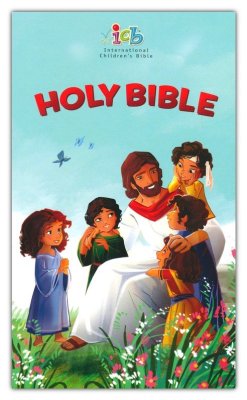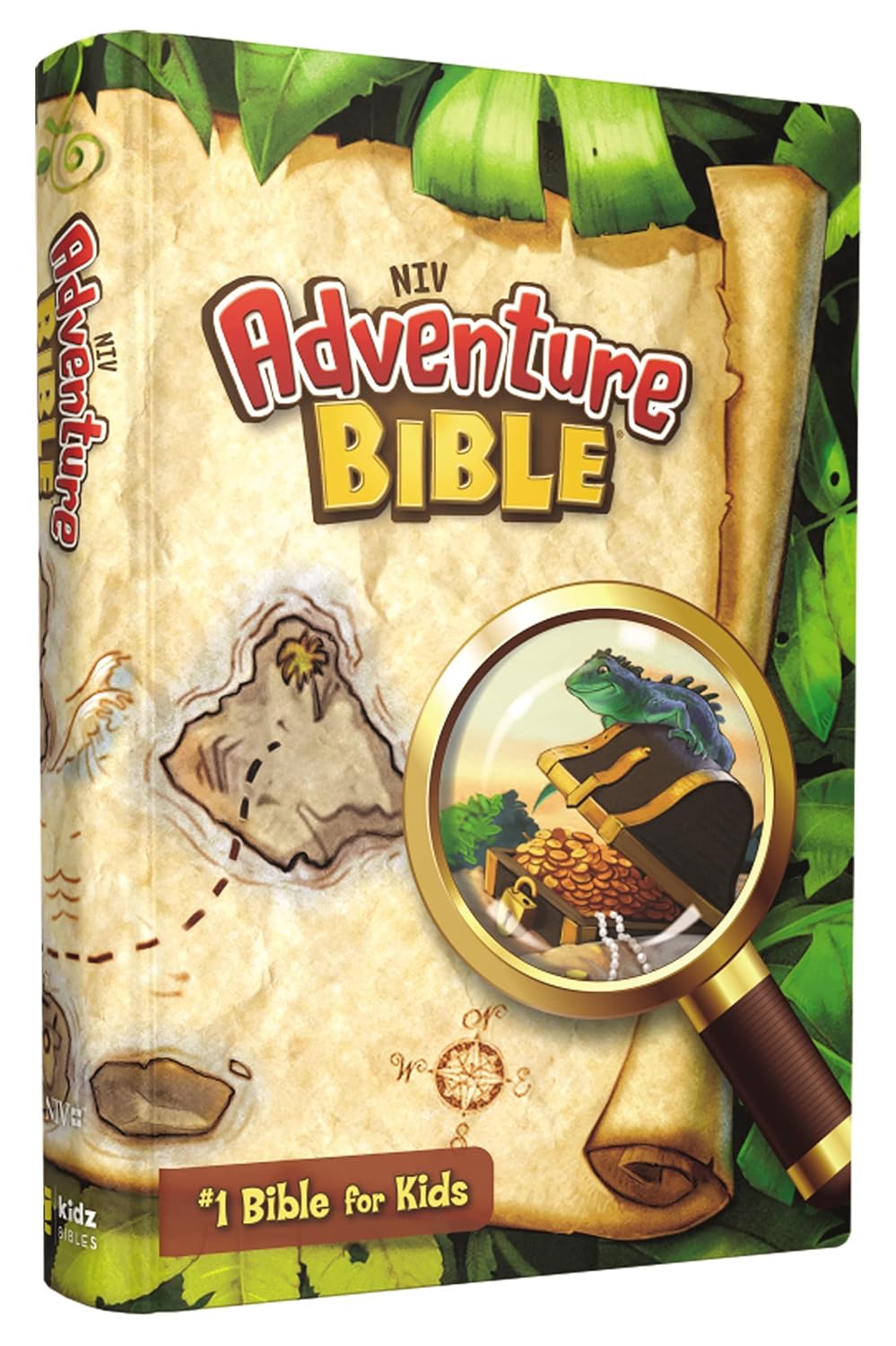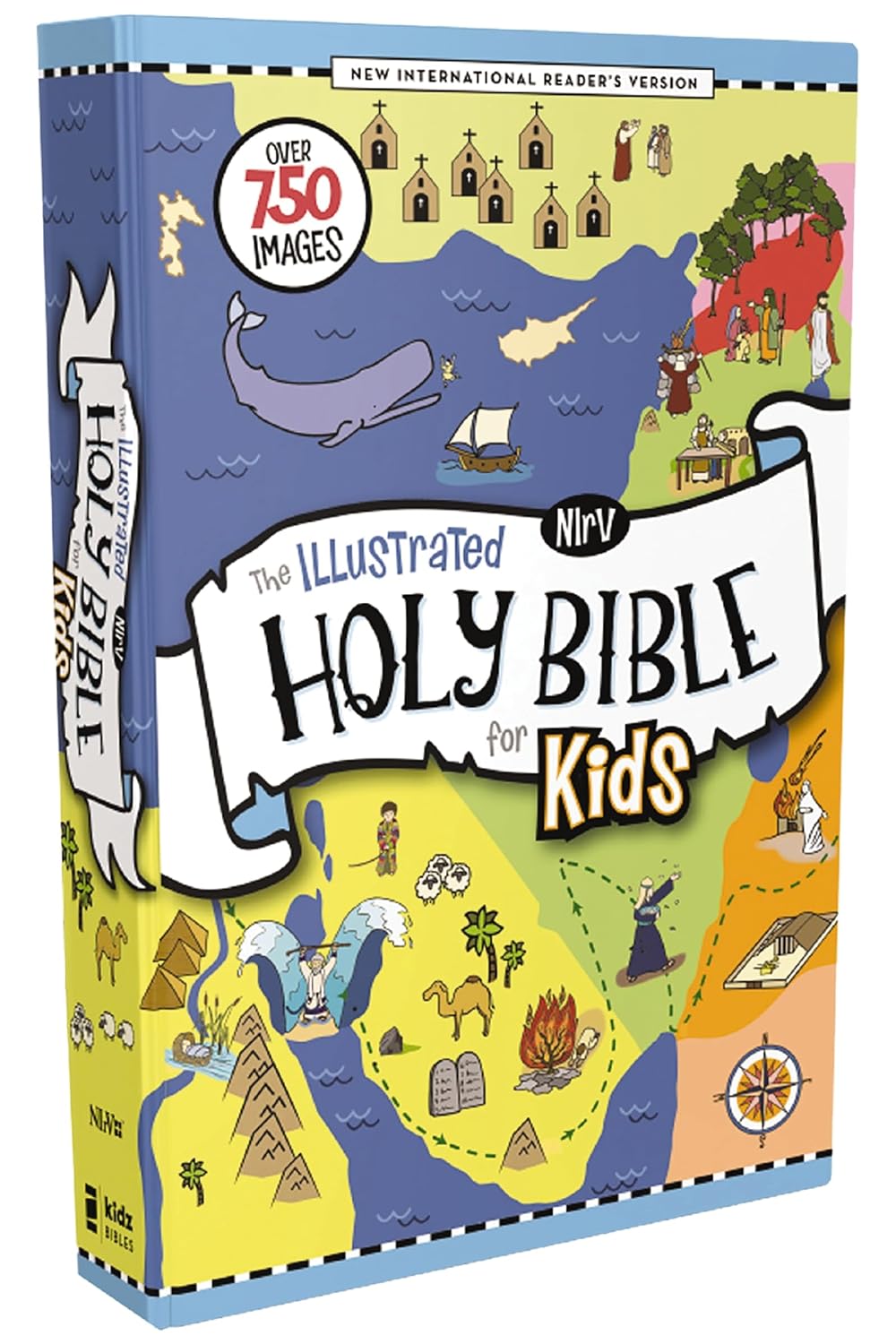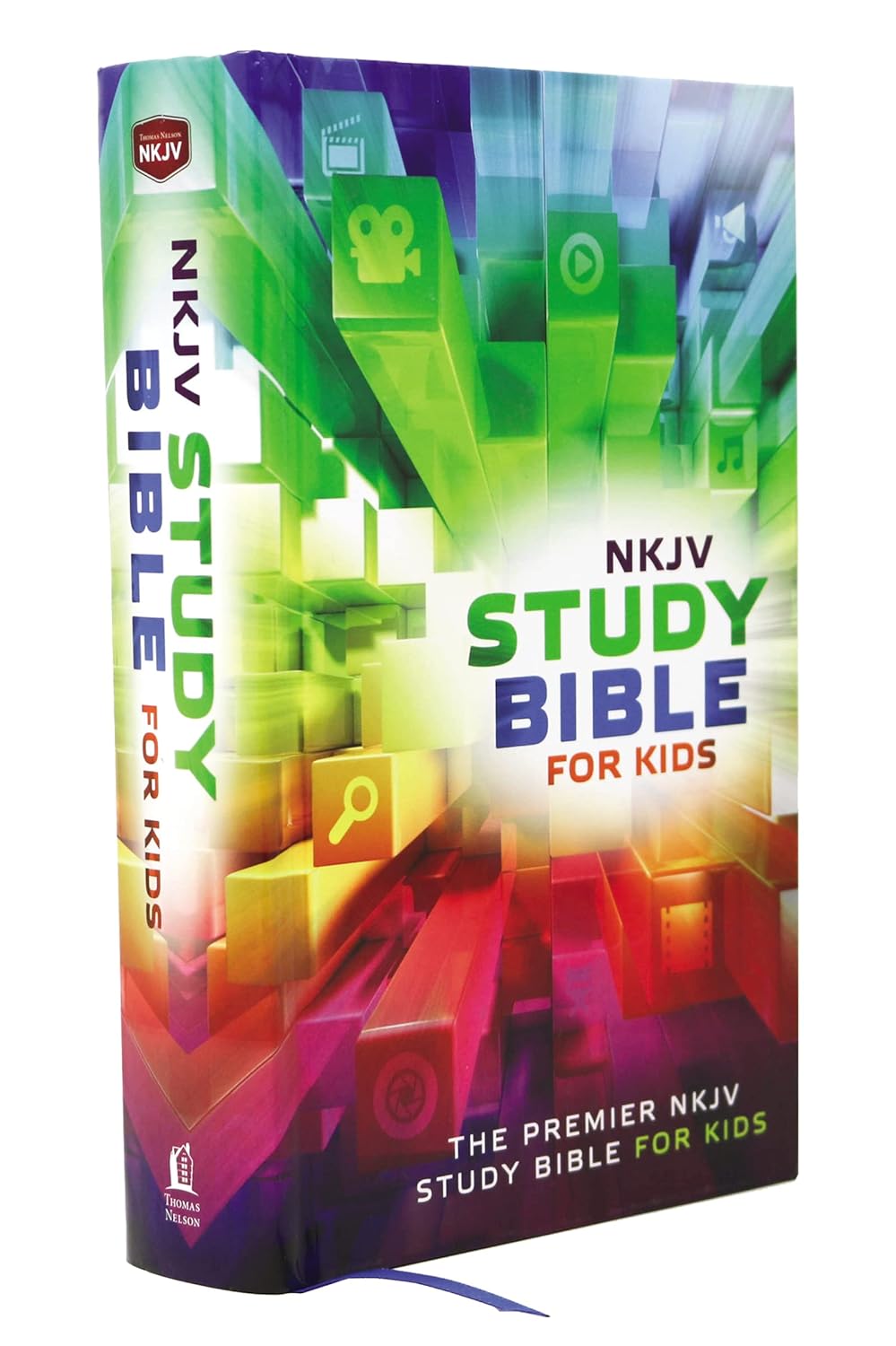The BEST Bible Translation For Kids (+ Other Good Versions)
As an Amazon Associate I earn from qualifying purchases. This post may contain affiliate links which won’t change your price but will share some commission. See my full disclosures, Terms of Use, and privacy policies on my "privacy" page. I never recommend a product I don't love.
The Bible is the most popular book ever written. As of 2023, the full Bible has been published in 736 languages worldwide, with the New Testament in 1658 languages. It holds a Guinness World Record as the best-selling non-fiction book of all time.
But what, you may ask, is the best Bible translation for kids? With an ever-growing collection of children’s Bibles and bible story books in the world, and with so many different Bible versions and books of Bible stories, how do you choose the best edition of God’s Word for the children in your life?
Whether you’re a Sunday School teacher who’d like to purchase a Bible for the kids in your class, or you are a parent/grandparent and you want your child to have their own Bible, this is the article for you!
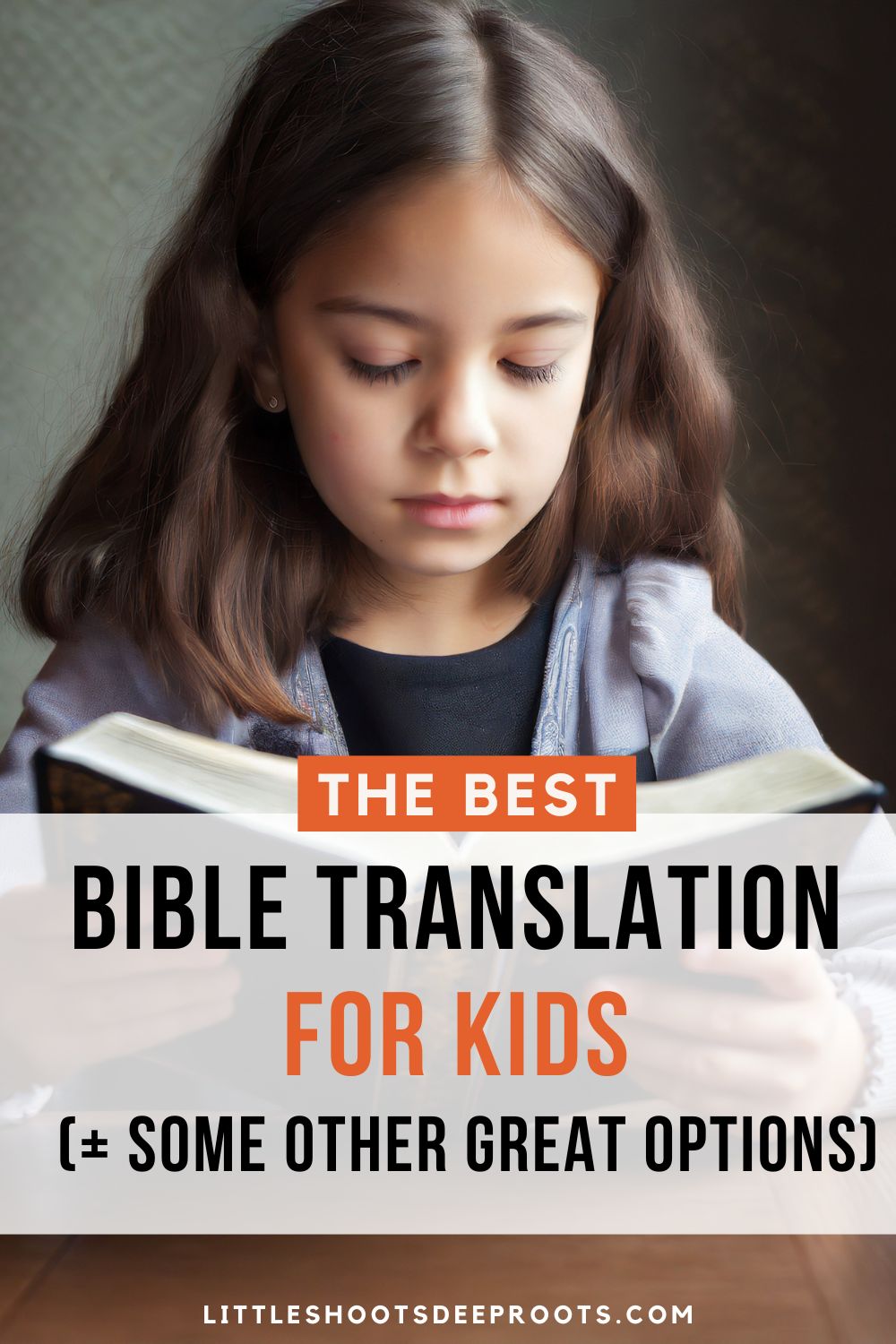
But first…
Why listen to my choice for the best Bible translation for kids?
Why should you listen to my opinion?
- I spent 10+ years as the Children’s Ministries Director at my church, ministering to 100+ kids each week. I have watched kids grow from babies into adults since I began work in Children’s Ministries.
- I am a parent, with 3 children of my own, currently ages 9-14. My kids have way more children’s Bibles than they need, partly because I have poked around to try to find the best! We have children’s Bibles in ESV, NRSV, NIV, NIrV, and NLT.
- I’m the award-winning author of 5 books (picture books and devotional books) for Christian kids and families.
- I run an international ministry for Christian parents.
- I have read hundreds of Christian resources for children and know what works for kids and what doesn’t.
In my joint ventures in Children’s Ministry, parenting, and writing for kids, I’ve uncovered some very clear opinions on which is the best Bible translation for kids.
Why Bible translations are different:
In order to make an educated decision about the best Bible version, we need to understand a bit about the translation process from the original languages (Hebrew texts for the Old Testament and Greek texts for the New Testament ) into the English language.
There are 2 basic types of translation: Thought-for-thought translation and word-for-word translation.
Thought-for-thought translation takes the main ideas presented in each section of the original text, and aims to translate the original meaning as true-to-text as possible. The goal is to have a text that is accurate in intention while also being readable.
In a word-for-word translation, the goal is to translate each original word into an English word. The goal is to have a text that is as accurate to the individual words as possible.
As you might imagine, there are pros and cons to both. A readable text is critical in today’s world of short attention spans, but it’s also important to be accurate. When you’re looking for a Bible for kids, you want a good modern translation, but opinions will vary on which are the most accurate translations.
In my opinion, the thought-for-thought translations are the best for children, as the word-for-word translations tend to include a lot of awkward phrasing and old-fashioned language. (Good for studying, not for an initial introduction to God’s word!)

It’s important to note that all the following translations are highly respected as portraying the original meaning accurately. They simply follow different approaches. All the translations I compare below were made by teams of highly skilled linguists and theologians.
Here’s a list and infographic showing how most modern English translations are classified. On the far end of thought-for-though translations, we have Bibles that are actually classified as paraphrases. For example, the Message is not considered a translation, as it’s the word of a single pastor and emphasizes modern readability. It’s considered a paraphrase. It’s a great Bible to read alongside a more literal translation.
Different translations in the English language:
(Note: each translation name is linked to a page that gives more details about the history and goals of the translation.)
International Children’s Bible: The ICB is an excellent children’s translation, as it was created to be both a trustworthy translation while also using simple language. They have intentionally chosen to aid a reader’s understanding by re-phrasing ancient measurements, customs, and figures of speech for the modern reader. A CSB Children’s Bible is a great choice.

A Bible translation that is similar in tone and sentence structure would be the New Century version.
See ICB Children’s Bibles on Amazon
New International Version: The NIV was intended to “accurately and faithfully render God’s unchanging Word in modern English”. I appreciate that in the past decade, they made the effort to go back and ensure that any gender-neutral language in the original languages is reflected as gender-neutral in the modern translation. They make periodic updates when new discoveries are made about biblical languages and the biblical world. This is an excellent translation for older kids (age 12+), as they have many excellent study Bibles as well.

See NIV Children’s Bibles on Amazon
If you like the NIV translation but you have young readers, I recommend the NIrV (New International Reader’s Version). It’s created by the same group, with the same intentions, but has simpler sentence structure. They’ve also worked to simplify some concepts and use shorter words in a similar way to the ICB. This one does sometimes get categorized more as a paraphrase than a thought-for-thought translation, however.
See NIrV Children’s Bibles on Amazon

New Living Translation: The NLT is the most thought-for-thought translation on this list, which makes it highly readable. It’s not a paraphrase, however, but a true translation. It’s a reliable and readable translation, and is the one I personally use when I want to listen to large amounts of the Bible at a time.
See NLT Children’s Bibles on Amazon
New King James Version: Most people are familiar with the King James Bible, and also know that it contains a lot of words and phrases that aren’t commonly used in English anymore. Many people love it dearly, so if this is you, you’ll want to consider the more readable NKJV.
See NKJV Children’s Bibles on Amazon

English Standard Version: The ESV is similar to the NIV in a lot of ways, but with a more word-for-word emphasis. I find it more complex than the NIV and therefore don’t recommend it for kids.
See ESV Children’s Bibles on Amazon

The Christian Standard Bible, New American Standard Bible, and New Revised Standard Version translations are all on the word-for-word end of Bible translation. Again, these are great for deeper study for adults, teens, and possibly older children, but not for a younger child’s first introduction to reading the Bible. As such, you won’t find many Bibles in these translations targeted at children.
My top picks for the easiest translations for kids to read:
For the best all-around readable and understandable translation: NLT
Runner Up: The NIrV is best for early readers, as in, young kids who are reading the Bible on their own. Older readers will probably find the lack of compound sentences a bit tedious but the reading level and vocabulary is perfect for young readers.

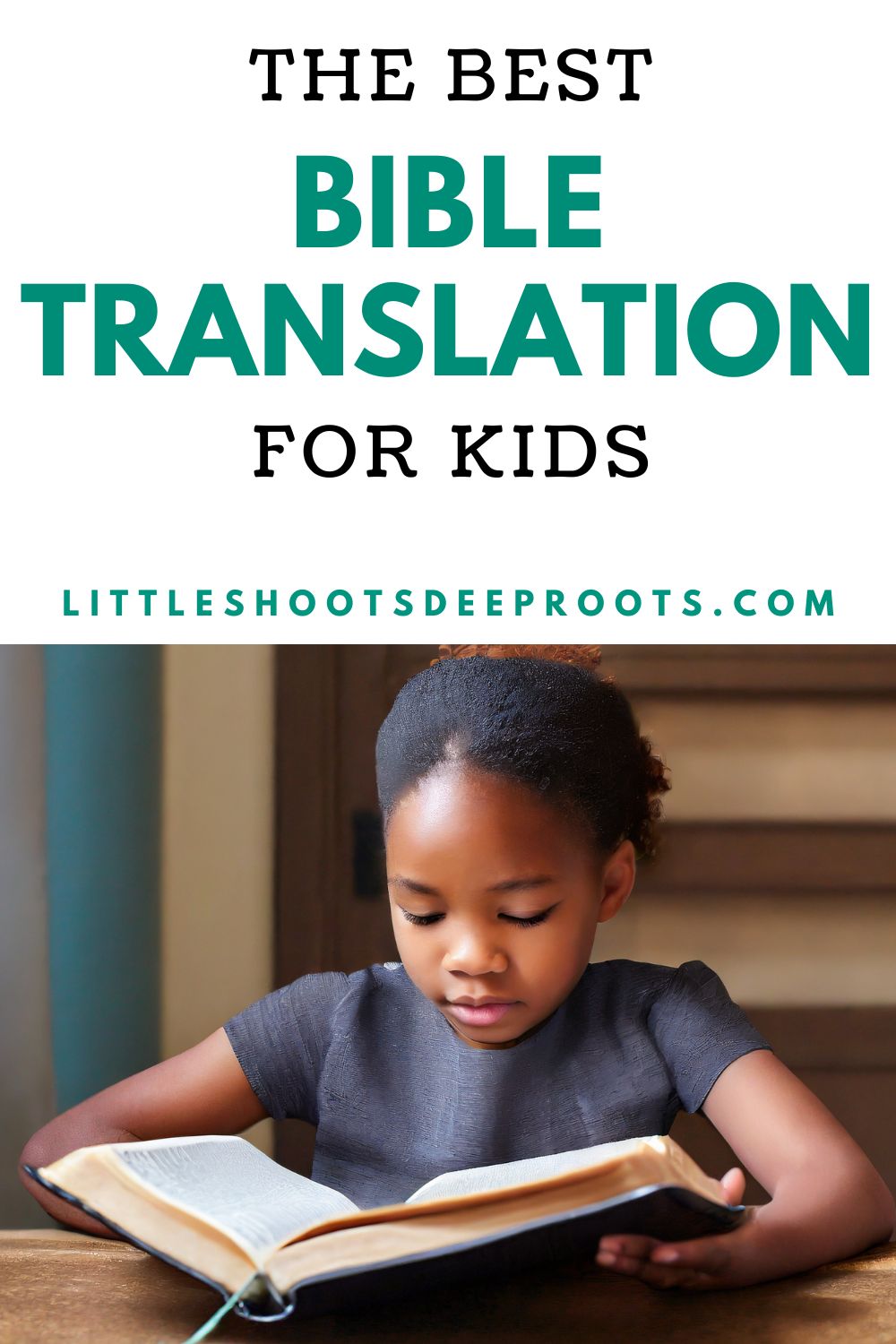
Do you want extra material?
Another thing to consider when choosing a children’s Bible is whether or not you want extra material in your children’s Bible.
Do you want extra notes?
These can be helpful, but I’ve sometimes run across notes that try so hard to make the Bible relevant to kids that they twist the meaning (looking at YOU, Adventure Bible). If you’re reading alongside your child or your child loves to talk with you about what they’re reading, notes can be a great conversation point, and you can always correct ideas as they come up. However, if you’re just handing your Bible a child to read, you’ll want to open up the Bible and see the style of the extra material before just popping it in their hands.
I particularly love the notes in the Hands-On Bible. They include fun activities for kids to do, and, since they’re a little longer, they don’t tend to be as reductionist as those in the best-selling Adventure Bible.

But what about Bible story books?
Bible story books are literally books of Bible stories, more like picture books than a full Bible. They can be a fantastic way to help your kids get connected with the key stories in the Bible, as well as the overarching themes and key moments like Jesus’ death and resurrection.
For more info on when you should use a Bible story book and which ones I recommend, please check out this article on The 10 Best Bible Storybooks for Your Family.
I hope you’ve found this article helpful in deciding the best Bible translation for kids…or at least, for your kids.
Please let me know if you have extra questions or comments!

